Varun Pandey
Missing Value Imputation for Multi-attribute Sensor Data Streams via Message Propagation (Extended Version)
Nov 14, 2023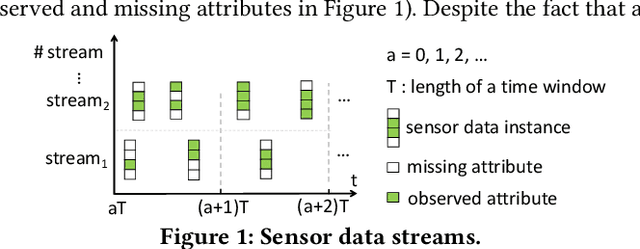
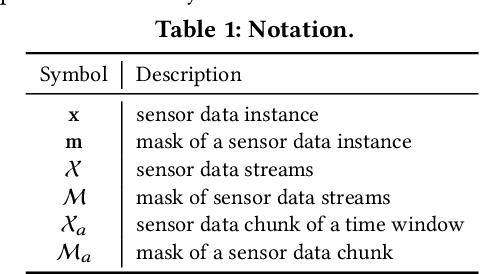
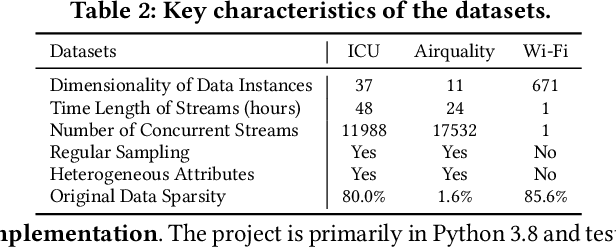
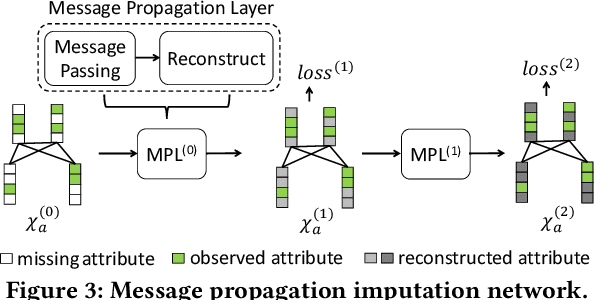
Abstract:Sensor data streams occur widely in various real-time applications in the context of the Internet of Things (IoT). However, sensor data streams feature missing values due to factors such as sensor failures, communication errors, or depleted batteries. Missing values can compromise the quality of real-time analytics tasks and downstream applications. Existing imputation methods either make strong assumptions about streams or have low efficiency. In this study, we aim to accurately and efficiently impute missing values in data streams that satisfy only general characteristics in order to benefit real-time applications more widely. First, we propose a message propagation imputation network (MPIN) that is able to recover the missing values of data instances in a time window. We give a theoretical analysis of why MPIN is effective. Second, we present a continuous imputation framework that consists of data update and model update mechanisms to enable MPIN to perform continuous imputation both effectively and efficiently. Extensive experiments on multiple real datasets show that MPIN can outperform the existing data imputers by wide margins and that the continuous imputation framework is efficient and accurate.
The Case for Learned Spatial Indexes
Aug 24, 2020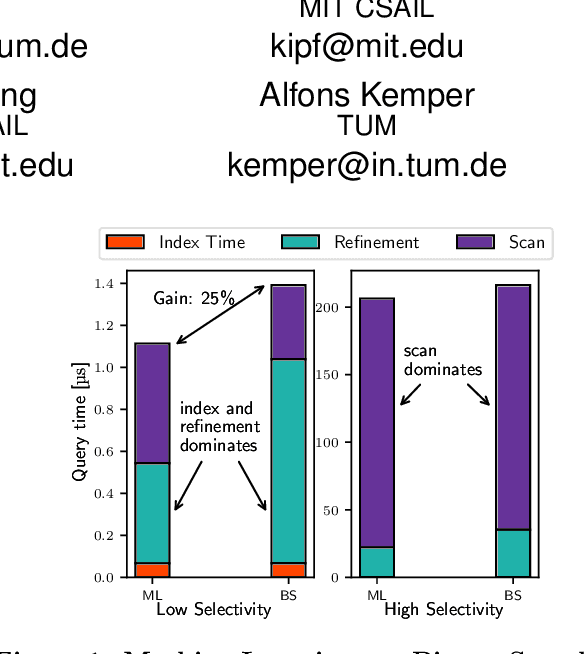



Abstract:Spatial data is ubiquitous. Massive amounts of data are generated every day from billions of GPS-enabled devices such as cell phones, cars, sensors, and various consumer-based applications such as Uber, Tinder, location-tagged posts in Facebook, Twitter, Instagram, etc. This exponential growth in spatial data has led the research community to focus on building systems and applications that can process spatial data efficiently. In the meantime, recent research has introduced learned index structures. In this work, we use techniques proposed from a state-of-the art learned multi-dimensional index structure (namely, Flood) and apply them to five classical multi-dimensional indexes to be able to answer spatial range queries. By tuning each partitioning technique for optimal performance, we show that (i) machine learned search within a partition is faster by 11.79\% to 39.51\% than binary search when using filtering on one dimension, (ii) the bottleneck for tree structures is index lookup, which could potentially be improved by linearizing the indexed partitions (iii) filtering on one dimension and refining using machine learned indexes is 1.23x to 1.83x times faster than closest competitor which filters on two dimensions, and (iv) learned indexes can have a significant impact on the performance of low selectivity queries while being less effective under higher selectivities.
 Add to Chrome
Add to Chrome Add to Firefox
Add to Firefox Add to Edge
Add to Edge